Partitura For Blue Noise
The drawings reflect visual experiences of sound, and are viewed as having rhythm and a sound-like happening. The techniques used to create this effect are also a mixture of “technical” and “design”; though there are moments where control is given up to uncontrollable tools, the overall approach is of artistic choice, which nonetheless conveys automatism, time, rhythm and noise. Sound is also important for the chosen techniques, which include marks made by a drill, with graphite replacing of the drill bit: the sound and vibrations of the drill transfer onto the paper as rich patterns and textures. Using clear tape strips, these textures are then transferred onto different parts of the drawing or to other drawings, an action equivalent to recording (and even maintaining analog quality loss with every generation of its copying). The graphite sticks to the tape, so that the automatic marks can be used purposefully – or in other words: composed – for instance by layering, editing and repetition.
The drawings, and later animation connecting them in a video piece follow a common strategy of Goldstein’s work, in which he employs physical and mathematical structures as visual references, alternating between intuitive methods and didactic, derivative methods. The video reflects the latter, and was produced by transferring the visual information of each drawing into sound, through an analytic program. A further related work completes the cycle with a thoroughly machine-made product: when the sound information is retransferred into visual information, the result is colorless (Minus Green, 2015).
 Share / Save
Share / Save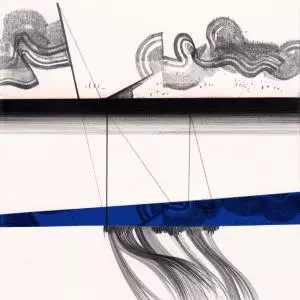
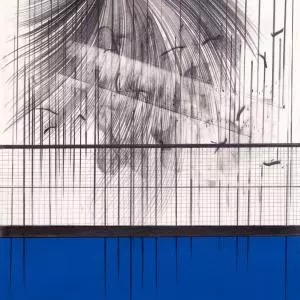
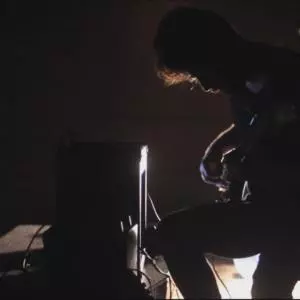
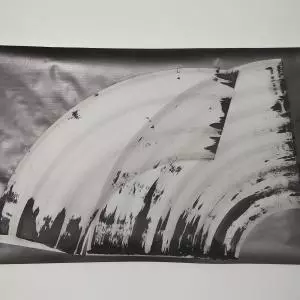
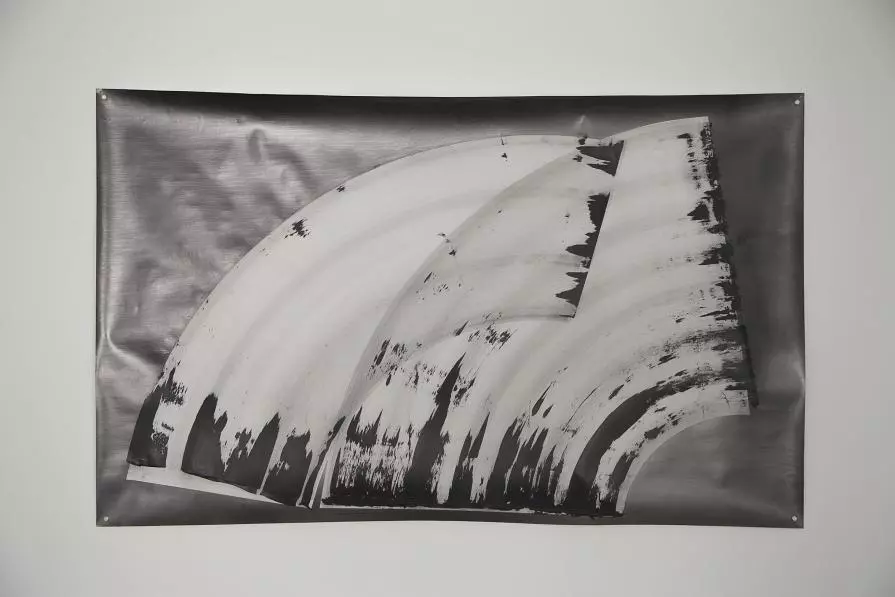

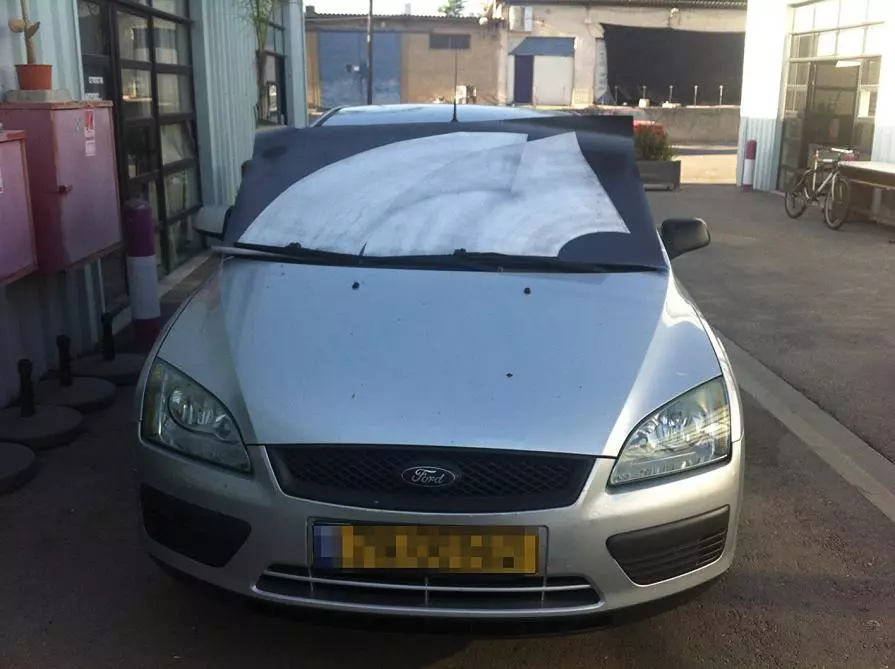

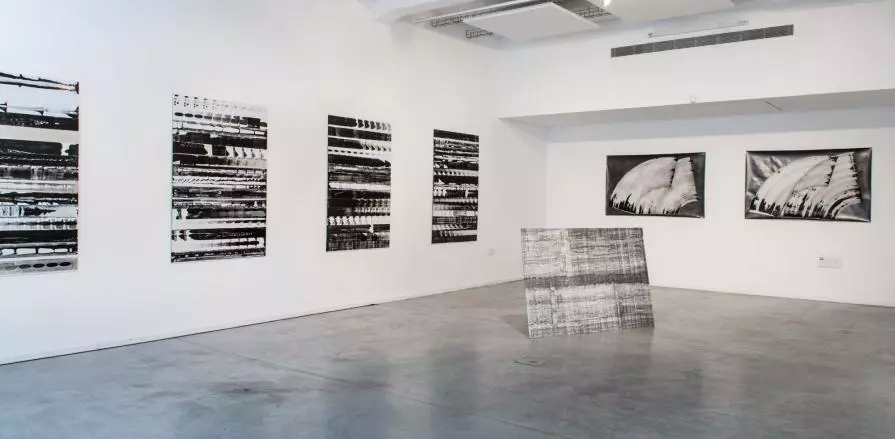
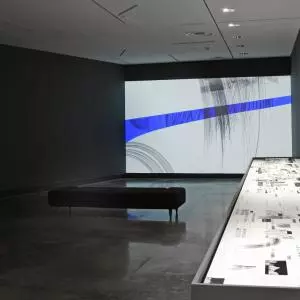

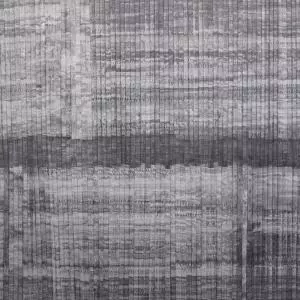
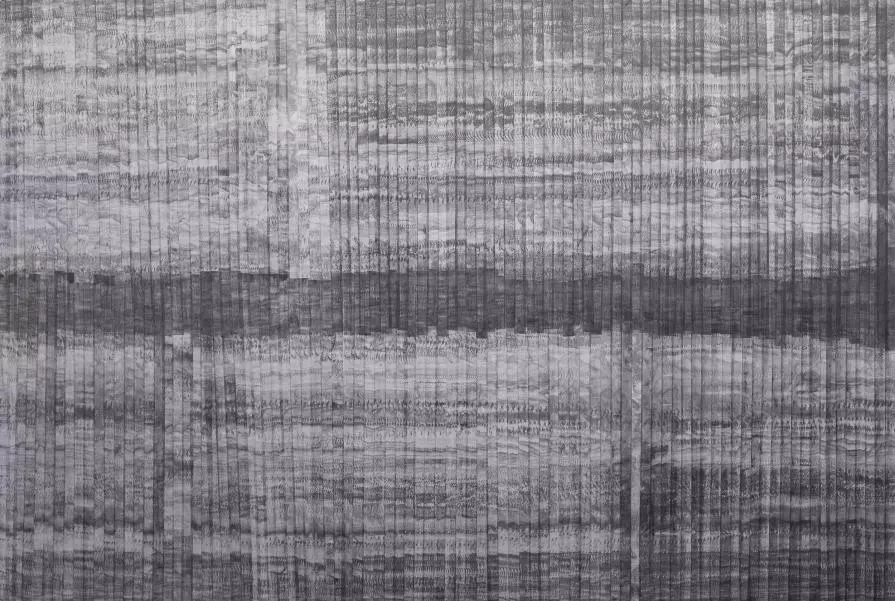
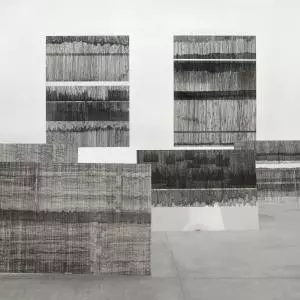
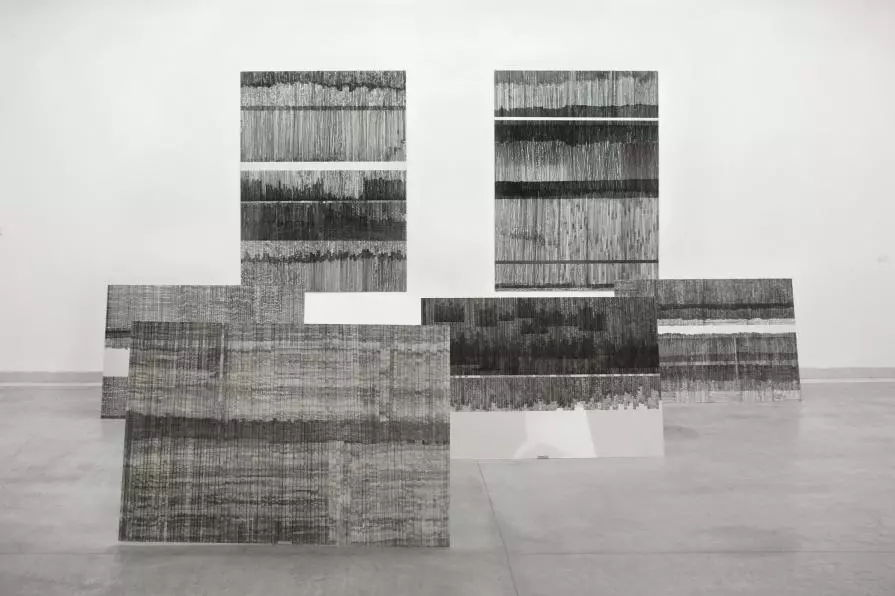





















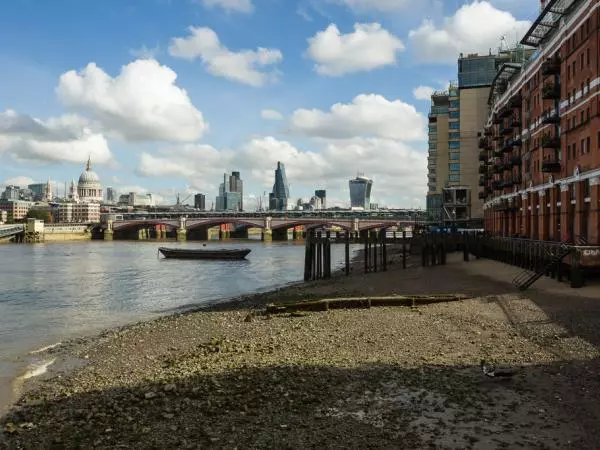
Commenti 0
Inserisci commento